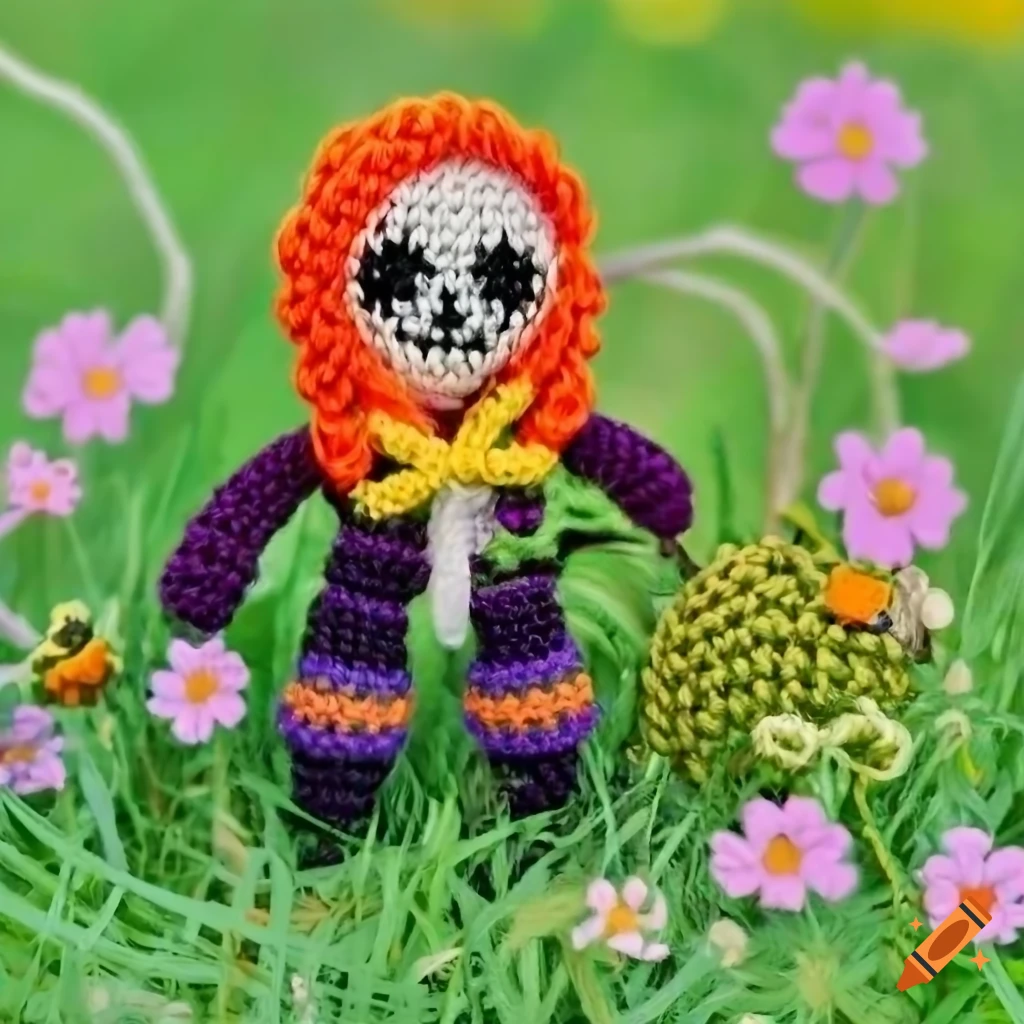
In recent years, the art of crochet has experienced a resurgence in popularity, captivating crafters with its versatility and charm. However, behind the intricate stitches and cozy creations lies a darker reality that often goes unnoticed. From environmental degradation to labor exploitation, the world of crochet is not immune to its share of issues.
At the heart of the problem is the widespread use of unsustainable materials, such as acrylic yarn, which contribute to pollution and harm ecosystems. The production of synthetic fibers involves the use of harmful chemicals and consumes significant amounts of energy and water, further exacerbating environmental degradation. Additionally, the disposal of acrylic yarn and other synthetic materials poses a threat to wildlife and marine life, as they can take hundreds of years to decompose in landfills.
Furthermore, the global demand for cheap, mass-produced crochet products has led to exploitative labor practices in some regions. Many workers, often women and children, toil in unsafe conditions for meager wages, perpetuating cycles of poverty and inequality. In some cases, the allure of low-cost, factory-made crochet items has also contributed to the decline of traditional, artisanal craftsmanship, threatening cultural heritage and livelihoods.
As consumers, we have the power to drive positive change in the crochet industry by making informed choices and supporting ethical and sustainable practices. By opting for natural, biodegradable yarns, supporting local artisans, and advocating for fair labor practices, we can help mitigate the negative impact of crochet on the world and promote a more equitable and environmentally conscious craft culture. Together, we can unravel the dark side of crochet and weave a brighter future for both humanity and the planet.